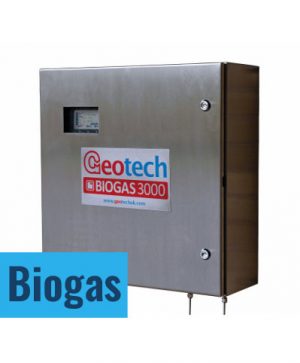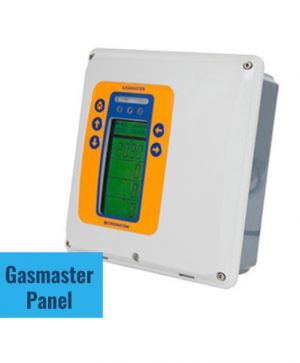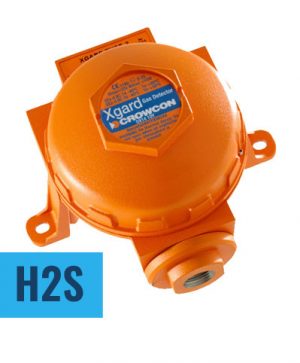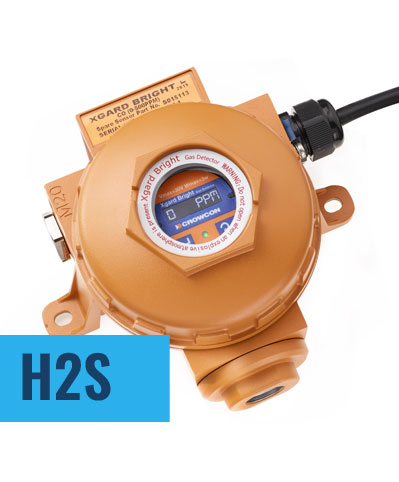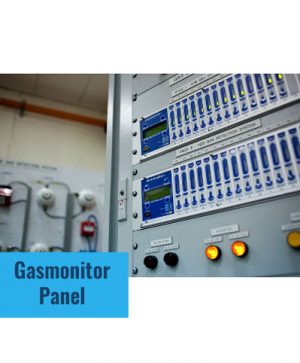Wastewater Treatment Gas Detection
In sewage treatment plants, in addition to the hazards of flammable methane and toxic hydrogen sulphide, displacement of oxygen in dry and wet wells is a frequent problem.
Processes involved in sewage treatment produce and use a number of toxic and explosive gases, requiring waste water monitoring to ensure the safety of both employees and the environment.
Hydrogen Sulphide (H2S): A highly toxic gas produced throughout the wastewater treatment plant and pumping stations as well as in any confined space.
Methane: Also known as natural gas, methane is an explosive gas (L.E.L 5% volume) produced primarily in the initial stages of decomposition. Because of its low density, methane will accumulate in pockets near the ceiling of enclosed areas such as holding tanks and settling basins.
Oxygen: Because of the high number of chemical and organic processes occurring in any wastewater treatment plant, adequate levels of oxygen must be maintained to ensure worker safety.
Chemicals: Chemicals such as ammonia, ozone and chlorine are all used in the decontamination of water, both in waste water and water purification plants.
Dryers and Boilers: Produce Carbon monoxide gas, due to their combustion, which is toxic, odourless and colourless, portable gas monitors can alert for that gas.
Anaerobic Digestion on wastewater treatment plants produce a range of toxic and flammable gases – see our separate section for this.
MODELS: Portable: T4, Gasman Chlorine, Fixed: Biogas 3000, Xgard H2S
CSL supply, service and maintain all our gas detectors in our workshop in Carlow or on site.


